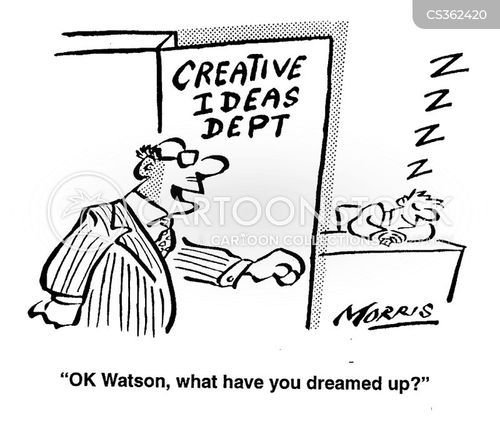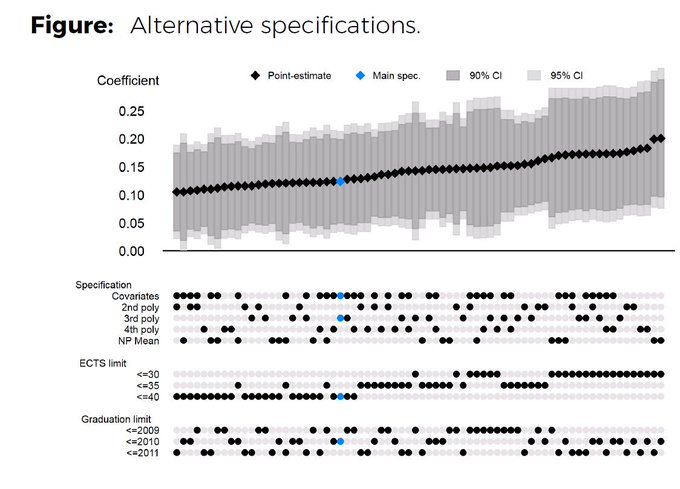Here it is. Paul Niehaus reflects on how to do research. Regular readers of my blog know that when I find good advice online, I not only share it but I emphasize my favorite things. This was really hard for this particular article. I think everything he writes is so important! My big advice is to read the article often! Bookmark it. Read it at least once a year, more when you're just starting out.
How to come up with a research topic? "At the end of the day, I think most good research ideas involve finding connections between these things — (1) identifying a research opportunity to (2) demonstrate something about reality that advances the (3) conversation in your field."
The quote is from the article, but I added the numbers and will also add more thoughts. The key insight is that to come up with something new, you have to not only know the latest research in your field, but you also have to have some knowledge of the real world (either by reading the news or by paying attention to things going on in your life) and you have to know about the empirical tricks, data sets, etc. to work with. Yes, this means you're often just collecting this information and not using it. Yes, I know you're too busy writing your job market paper to think about your next paper. Yes, I know you have at least three different coauthors waiting for you to do that thing you promised to do. How can you think about next projects? Answer: It seems to me that a good researcher is always collecting and storing tricks so that they're prepared--great ideas don't necessarily come exactly when you have time to implement them.
But Paul doesn't stop at how to come up with research topics. He also tells us how to get papers actually written. I really love the advice to fail fast. I struggle with this. It's so hard to give up on paper ideas. Maybe this is why it's especially important for people like me to have lots of ideas.
But my favorite piece of advice: Sleep well.

Now, bookmark the article. Write a note in your calendar to read it again next year. And again the year after that.
